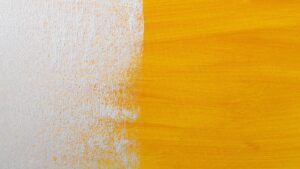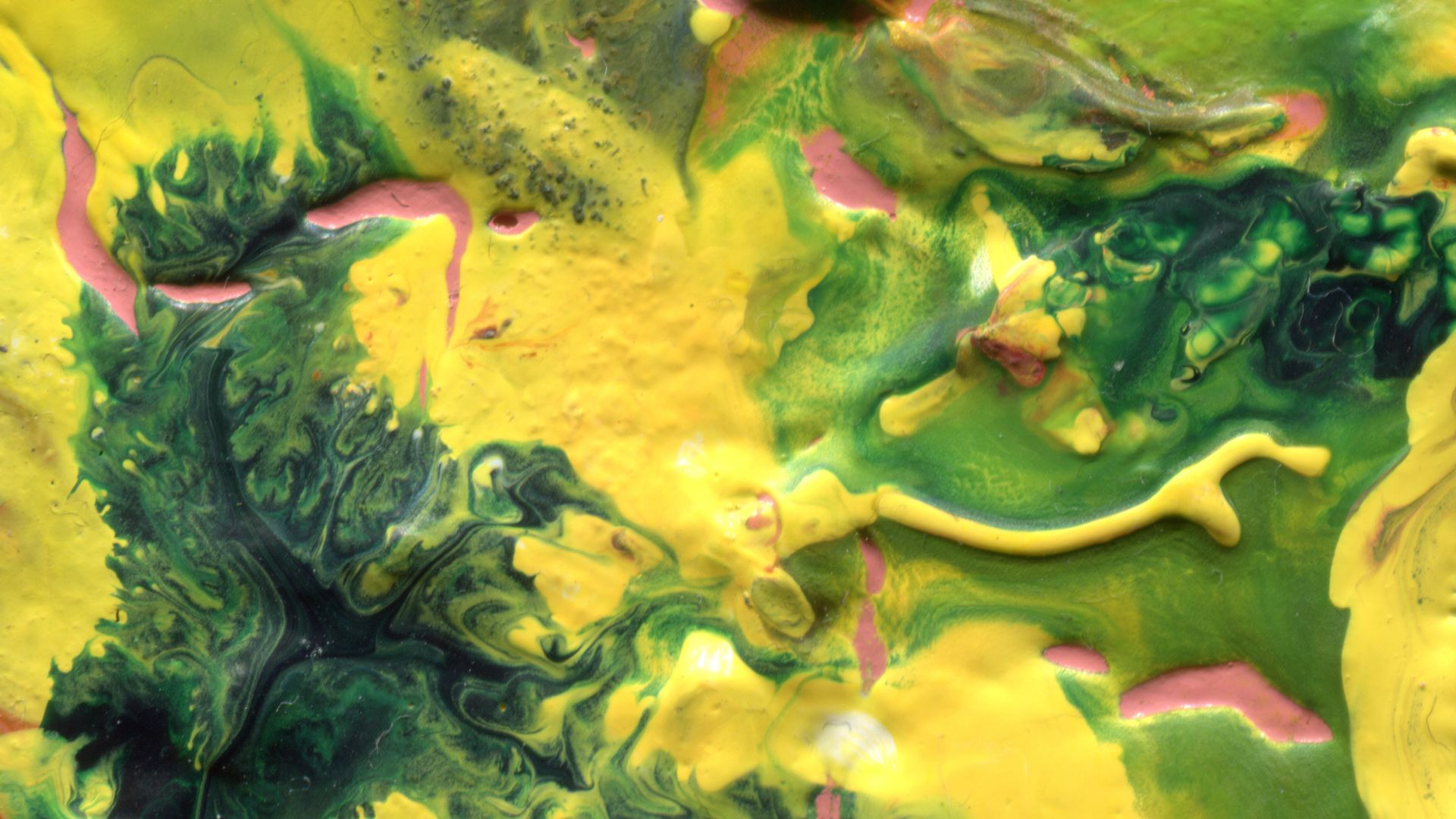When venturing into the world of art, understanding the nuances of different mediums is key. If you’re wondering how long wall paint takes to dry on a canvas, you’re not alone. The drying time of wall paint on canvas can vary based on several factors, and having a grasp of these can make a significant difference in your artistic process.
Factors Affecting Drying Time:
1. Type of Paint:
The type of wall paint used on a canvas plays a pivotal role in drying time. Latex and acrylic paints are commonly used for both walls and canvas due to their quick-drying properties. They can often dry within 30 minutes to an hour.
2. Canvas Material and Preparation:
The material and preparation of the canvas also impact drying time. A properly primed canvas tends to absorb paint differently, affecting the drying duration. Unprimed canvases may absorb more paint, leading to longer drying times.
3. Thickness of Paint Application:
The thickness of the paint layer matters. Thicker layers take longer to dry, while thin layers dry more quickly. Applying multiple layers might require intervals between each layer to ensure proper drying.

4. Environmental Conditions:
Environmental factors such as temperature, humidity, and airflow significantly influence drying time. Warmer and less humid conditions facilitate quicker drying, whereas cooler and more humid environments can prolong the drying process.
Tips for Faster Drying:
- Use Thin Layers: Apply thin layers of paint, allowing each layer to dry before applying the next. This speeds up the overall drying time.
- Optimal Conditions: Work in a well-ventilated area with moderate temperature and humidity for quicker drying.
- Priming: Consider priming your canvas to control paint absorption and ensure more consistent drying times.
Patience is Key:
While certain paints might seem dry to the touch quickly, allowing ample time for complete drying is crucial before adding additional layers or making adjustments. Rushing the process can lead to smudging or blending of colors unintentionally.
So,…
The duration for wall paint to dry on a canvas varies based on multiple factors. Understanding these variables empowers artists to manage drying times effectively, ensuring a smoother and more controlled creative process.
As you embark on your artistic journey, experimenting with different paints, canvas preparations, and environmental conditions will provide invaluable insights into the drying times that work best for your artistic vision.
External Resources:
- The Spruce – How Long Does it Take for Acrylic Paint to Dry?
- Craftsy – Understanding the Drying Times for Oil Paints
- Golden Paints – Tips for Controlling Acrylic Paint Drying Times
Remember, while knowing general drying times is helpful, embracing experimentation and discovering your own preferred techniques is what truly enriches your artistic endeavors.
Exploring Drying Times Across Paint Types:
1. Acrylic Paint:
Acrylics, renowned for their versatility, are favored for their quick drying. Their water-based nature allows for rapid evaporation, resulting in a faster drying process. Depending on the thickness of application and environmental conditions, acrylics can dry within minutes to an hour.
2. Oil Paint:
Unlike acrylics, oil paints have a longer drying time. Oil-based paints contain linseed oil or other drying oils that take longer to oxidize and cure. Oil paint layers can take days, weeks, or even months to fully dry, depending on the thickness and specific additives used.
3. Watercolor Paint:
Watercolors, when applied thinly, can dry in a matter of minutes due to their water-based composition. However, the drying time might increase if multiple washes or layers are applied.
Techniques to Expedite Drying:
1. Using Mediums or Additives:
For oil paints, using mediums such as drying agents or fast-drying mediums can accelerate the drying process without compromising the quality of the paint.
2. Heat or Airflow:
Gentle warmth from a hairdryer on a low setting or placing artwork in a well-ventilated area with a fan can speed up drying for both acrylics and watercolors.
3. Retarding Agents:
Conversely, for acrylics, retarding agents can be used to slow down the drying process, allowing more time for blending or wet-on-wet techniques.
The Art of Patience and Experimentation:
Artists often find joy in the process of creation, and understanding the drying times of different paint types becomes a part of that journey. While guidelines exist, experimentation remains a vital component in discovering unique styles and techniques.
Conclusion:
The drying time of wall paint on a canvas varies significantly across different paint types, influenced by various factors ranging from paint composition to environmental conditions. Artists can harness this knowledge to their advantage, controlling and manipulating drying times to suit their creative vision.
There’s no one-size-fits-all answer when it comes to drying times in art. Embrace the learning process, explore different techniques, and find what works best for your artistic expressions.
Art is a beautiful amalgamation of technique, creativity, and experimentation, and understanding drying times is just one facet in the expansive world of artistic exploration.
Comparison tabular
| Paint Type | Typical Drying Time | Factors Influencing Drying |
|---|---|---|
| Acrylic | Minutes to 1 hour | Thickness of application, environmental conditions, water-based composition |
| Oil | Days to weeks | Thickness, specific additives, oil-based composition |
| Watercolor | Minutes to several hours | Thin application vs. multiple layers, water-based composition |
wrapping up
Artistry is a journey painted with patience, experimentation, and a canvas of endless possibilities. Understanding the nuances of drying times across different paint types is akin to mastering a brushstroke it takes time, practice, and a willingness to explore.
As you dip into the vibrant world of art, remember that while drying times provide a framework, they aren’t constraints. Embrace the unpredictability, relish the process, and let your creativity flow freely across the canvas.
May your artistic endeavors be colored with innovation, curiosity, and the joy of discovery. Whether it’s the swift drying of acrylics, the measured patience with oils, or the delicate layers of watercolors, each stroke adds a unique hue to your artistic narrative.
So, pick up your brushes, mix your colors, and let the canvas be your playground. Embrace the drying times as part of the artistry, and let your imagination paint a masterpiece beyond boundaries.
Happy creating.

For over a decade, I’ve been Mike, an artist, crafter, and designer deeply immersed in the Croc world. I thrive on crafting unique, size-inclusive patterns, fostering creativity, and sharing them on ktforum.com. My designs aim to ignite your creative spark and delight you, ensuring clarity and ease of use through rigorous testing. Join me in expressing your creative flair and showcasing your craft with joy.
Related Posts
- Should You Sand a Canvas Before Painting it with Wall Paint
When it comes to using wall paint on canvas, the question of sanding often arises.…
- Can You Paint Over Existing Wall Paint on Canvas
If you're an aspiring artist or someone enthusiastic about trying their hand at painting, you…
- Testing Wall Paint on Canvas: A Smart Approach to Your Painting Project
When it comes to transforming a canvas into a masterpiece, choosing the right paint is…
- Speeding Up the Drying Process of Wall Paint on Canvas
When you're creating art on canvas using wall paint, waiting for it to dry can…

